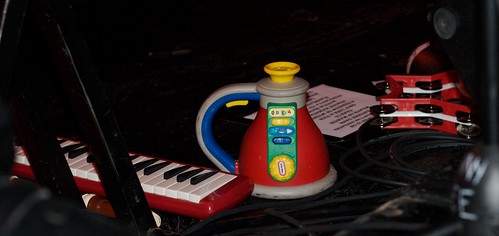There’s been a number of posts already done about the overlap of GTA IV and the reality of New York City, such as Serious Eats’ series on the restaurants of Liberty City.
But let me share my favorite restaurant joke, one that not a lot of people might have found because this doesn’t actually register on the map.
Once you get to Algonquin – the Manhattan of GTA IV – head to the corner of Wardite Street and Exeter Avenue. It’s up on the northern part of the island, right by the Tw@ internet cafe. If you don’t want to drive or grab a cab, take the A, C, K, or J to Frankfort and walk the last block.
Looks like a regular old Cluckin’ Bell from this side. (Cluckin’ Bell, for those unfamiliar, is an amalgamation of KFC and Taco Bell.)
But wait – why can’t you go in? What are those signs on the window?
That’s right, folks. The “Liberty City Institute of Food Hygiene” has shuttered it. This seems oddly familiar.
I’m grateful that Rockstar’s HQ is in the city, because they captured so many details about the city so well.
(With apologies to the Eater crew for the title of this post.)







